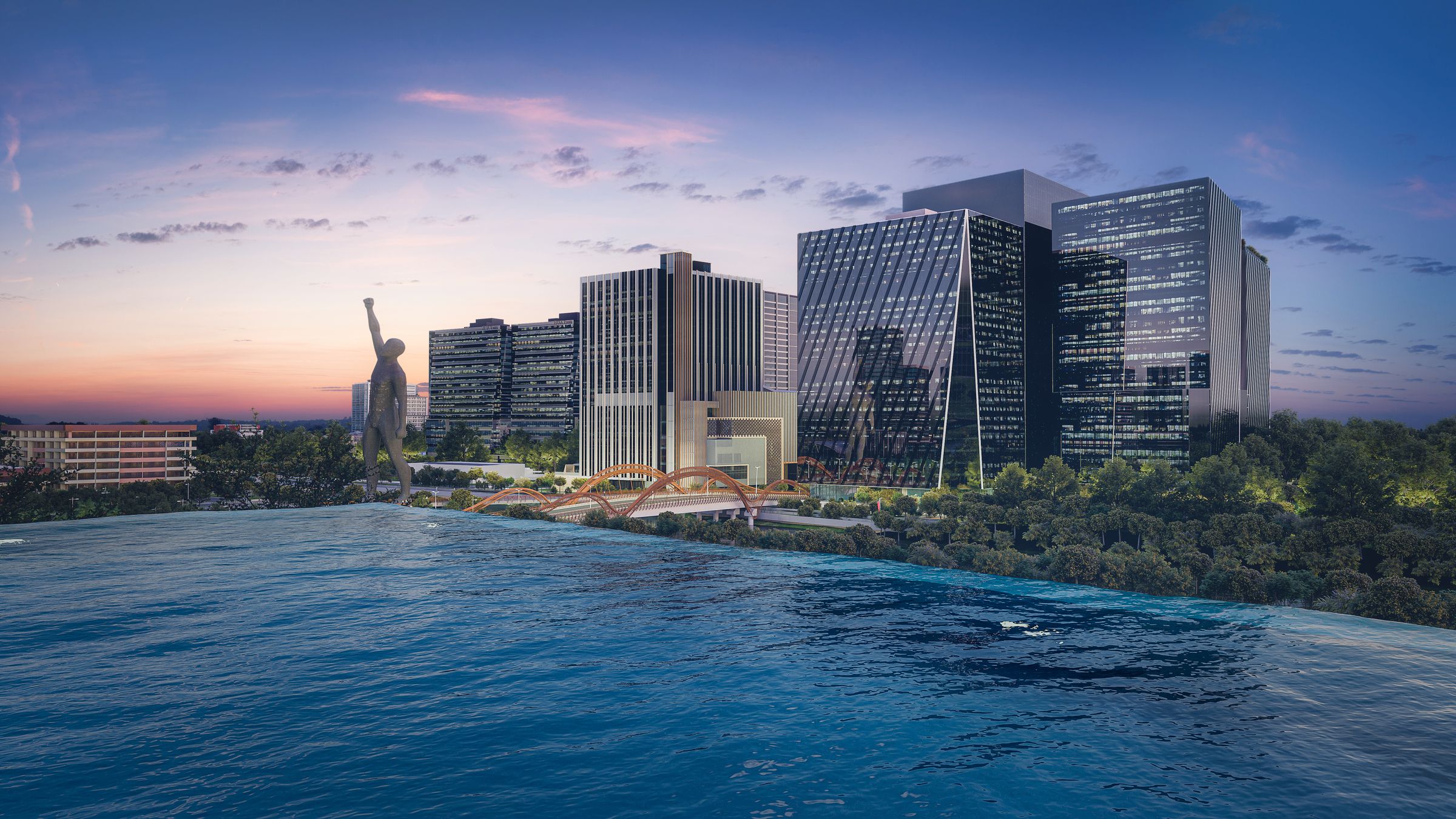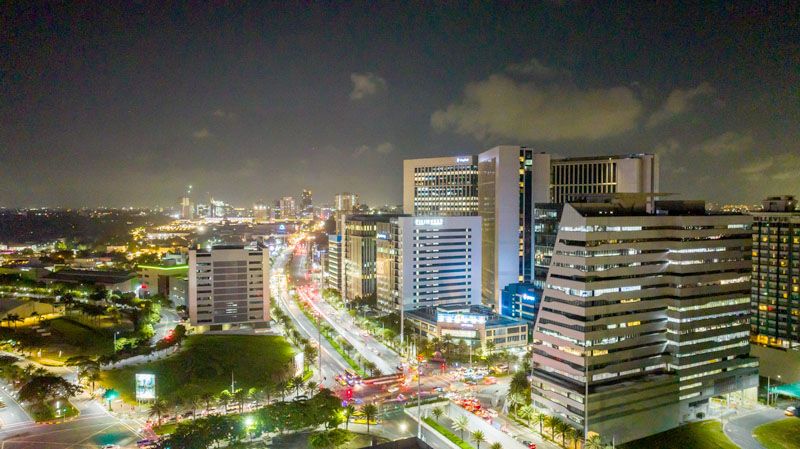In response to Filipino homebuyers' growing demand for convenience, energy efficiency and security, real estate developers are now building smart homes that fit modern lifestyles. These residential units are equipped with a facility where appliances and appliances are controlled remotely via smartphones or voice assistants, which ensures greater security, helps reduce energy consumption and improves the overall living experience.
Equipped with a smart home network, smart homes are equipped with connected and remotely controllable devices such as smart speakers, communication units, programmable control buttons and smart sockets to control non-smart devices. Surveillance devices such as security cameras, motion sensors and remote door locks are connected to a network for access control and management. In the same way, lights, sensors and household appliances are also integrated into the Internet or local networks.
While smart home automation comes with additional costs, the purchasing power of the growing middle class makes it possible to invest in smart home devices. According to statista.com, there is an “increase in the availability and affordability of smart home devices” due to manufacturers entering the market, driving competition and driving down prices in an expanding market.

Known for its lifestyle-focused and innovative developments, RLC Residences is at the forefront of offering smart homes from its future-ready real estate portfolio. Their developments like The Sapphire Bloc feature the energy-efficient smart light that can be easily controlled remotely. The smart plugs automatically turn on and off on a schedule, reducing energy costs and reducing the risk of power-related accidents. For added security, smart homes are also equipped with a smart lock that uses a fingerprint, numeric passcode, encrypted physical key card and a dedicated app. In addition, the audio-video intercom system allows unit owners to monitor visitors in the lobby area.
From building smart houses in urban centers, developing smart cities in the country is not too far away. A recent survey by the Department of the Interior and Local Government (DILG) and the World Bank found that of the 115 urban local government units (LGUs), 70 percent are planning such development, 61 percent have smart city projects in operation, and 56 percent already have development policies in place . Statistica.com reports that the country is “experiencing a surge in the adoption of smart city technologies, with a focus on improving transportation infrastructure and improving public safety.” However, the path to building smart cities is not without challenges. A study by the Philippine Institute for Development Studies (PIDS) identified key elements such as operational costs and lack of interoperability. LGUs need to build the necessary ICT infrastructure and systems, while most LGUs need to upgrade their systems. Aside from significant financial costs, these requirements require the support of various stakeholders.

New Clark City is owned and managed by the Bases Conversion and Development Authority (BCDA). It is the heart of the government and has current developments aimed at building a sustainable and smart city. From the private sector, the municipality of Filinvest City is taking the lead as a national example of a sustainable and smart city.
With three decades of development, the fully integrated and self-contained community in Muntinlupa is home to residential homes, leisure centers, world-class educational institutions, and medical and wellness facilities
improved security, connectivity and accessibility. To ensure security on the 244-hectare prime property, CCTV systems will be installed at strategic locations and public areas across the city. With connectivity infrastructure already installed in the city, the public can access free Wi-Fi and the FC app, which provides a cashless and eco-friendly mass transit system. Pedestrians have access to barrier-free paths that make walking easier and safer, while drivers have access to charging stations for electric vehicles.
The Filinvest City development is also a testament to their commitment to sustainability. To manage energy consumption, the District Cooling System, the largest cooling facility in the country, enables 16 buildings in the city to use chilled water to efficiently cool the interiors of the Northgate Cyberzone. Festival Mall, one of the city's commercial developments, has solar panels that provide 28 percent of the mall's energy needs. The community also has an upgraded wastewater treatment plant and a new water treatment plant to recycle water for landscaping.
For the steps taken and progress made in sustainability, Filinvest City received LEED (Leadership in Energy and Environmental Design) Gold certification in Neighborhood Development from the US Green Building Council, as well as BERDE certification with a 3-star Philippine Green Building rating Council, making the community the first and only green certified central business district in the country.